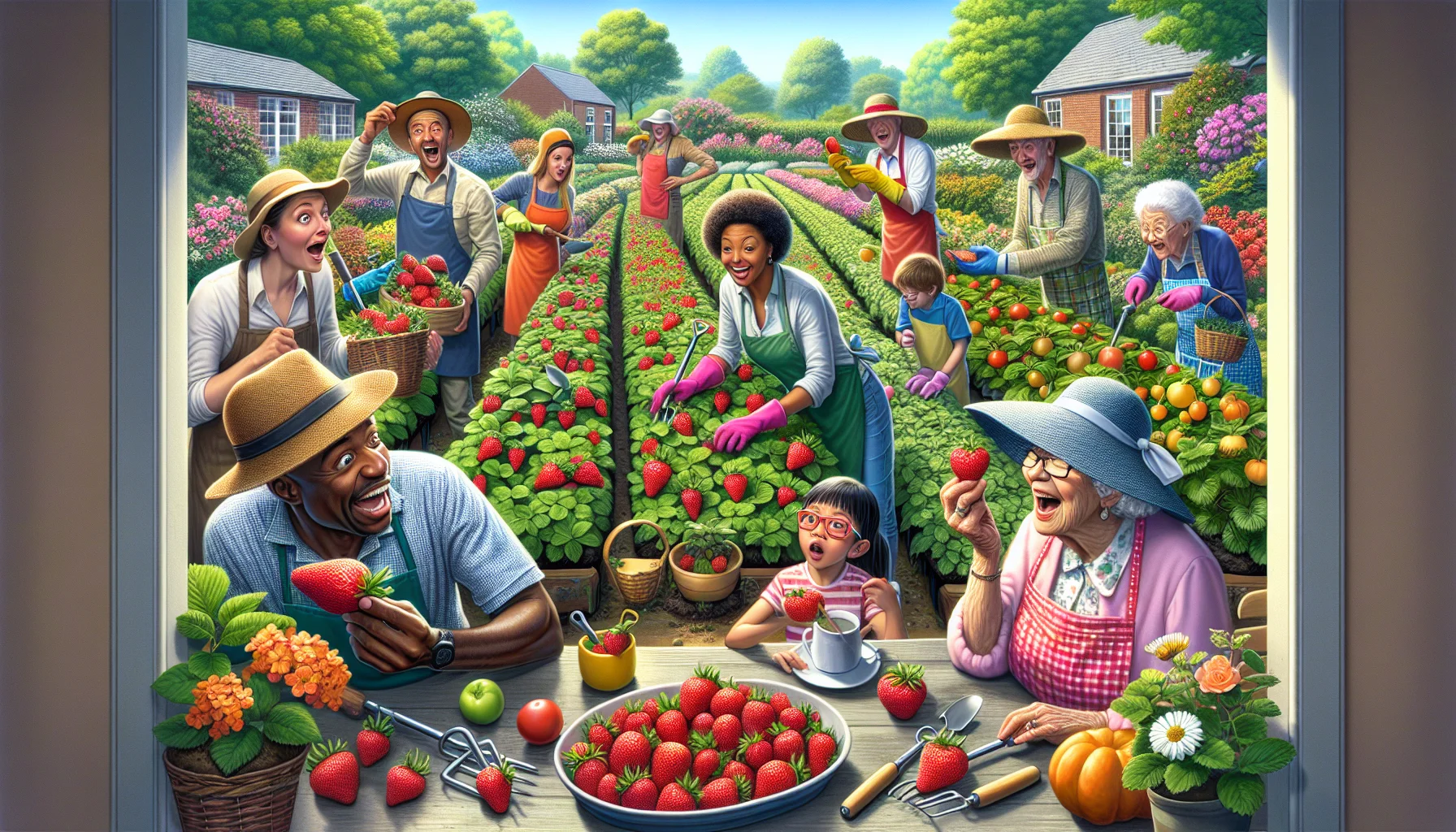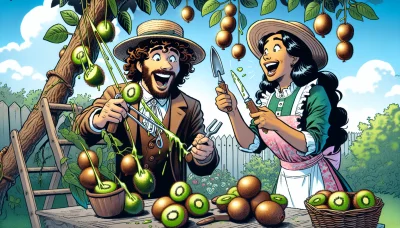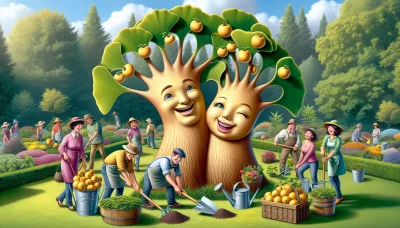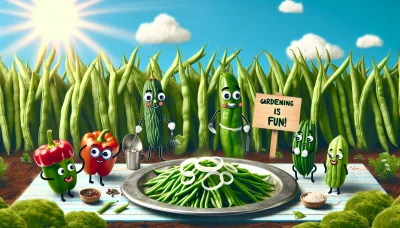Strawberry vegetable Quiz
Test Your Knowledge
Question of
Strawberry Vegetable: A Misconception Explained
There is a common misconception that strawberries are vegetables, but this is not accurate. In fact, strawberries fall into the category of fruit, specifically they are classified as aggregate fruits because they form from a flower that has multiple ovaries. This is why when you look closely at a strawberry, you can see that it is made up of many small individual segments, each of which contains a seed. The confusion often arises because of the way strawberries grow and are cultivated, which can resemble some vegetable practices, but botanically speaking, they are definitively fruits.
The Botanical Truth About Strawberries
Strawberries, known scientifically as Fragaria × ananassa, belong to the Rosaceae family, which also includes roses, apples, and cherries. Despite their common name, strawberries are not true berries from a botanical standpoint. Instead, they are classified as aggregate fruits, consisting of multiple tiny individual fruits embedded in a fleshy receptacle. Each of these tiny fruits, known as achenes, contains a seed, and the part we typically consume is actually the swollen receptacle. The strawberry as we know it today is largely a hybrid of two wild strawberry species from the Americas. This fascinating botanical classification highlights the complexity and diversity of plant life, drawing attention to the intricate relationships within the plant kingdom.
Growing Strawberries in Your Garden
Successfully growing strawberries in your garden requires understanding their specific needs. Strawberries thrive in well-drained, loamy soil with a pH between 5.5 and 6.8. It's essential to ensure the soil is rich in organic matter to support their growth. When it comes to sunlight, strawberries need full sun, meaning at least six to eight hours of direct sunlight per day. Adequate sunlight is crucial for the plants to produce fruit. Watering habits also play a significant role in the health of your strawberry plants. They prefer consistent moisture, especially when the plants are flowering and the fruits are developing. However, it's important to avoid waterlogging the soil, as this can lead to root diseases. A balanced approach to soil management, sunlight exposure, and watering will help you grow healthy and productive strawberry plants in your garden.
The Ideal Conditions for Strawberry Plants
- pH Levels: Ideally between 5.5 and 6.8 for optimal growth.
- Temperature Range: Strawberries prefer temperatures between 60°F and 80°F.
- Spacing: Plants should be spaced about 18 inches apart in rows that are 4 feet apart.
- Sunlight: Require at least 6 to 8 hours of full sunlight daily.
- Soil: Well-drained, sandy loam soil is best for strawberry plants.
- Watering: Consistent moisture is needed, about 1 to 1.5 inches of water weekly.
- Fertilization: Use a balanced 10-10-10 fertilizer at planting and again after the first harvest.
Common Pests and Diseases Affecting Strawberries
Gardeners who grow strawberries often face several challenges that can affect the health and productivity of their plants. Among the most common pests are aphids, small insects that suck the sap from the strawberry plants, weakening them and potentially transmitting diseases. In addition to pests, strawberries are susceptible to various diseases, with powdery mildew being one of the most prevalent. Powdery mildew manifests as a white, powdery fungus on the leaves and can severely affect the plant's growth and fruit production if not controlled. Addressing these issues promptly can help ensure a healthy and bountiful strawberry harvest.
Harvesting and Storing Your Strawberries
Harvesting strawberries at the right time is crucial for maximizing their flavor and shelf life. The best time to pick strawberries is in the morning when they are still cool. Look for berries that are fully red, with no white or green areas, as this indicates they are ripe and ready for picking. Gently twist the berries off the stem to avoid bruising them. For storing, keep your strawberries in the refrigerator, ideally in a single layer on a paper towel in a covered container. This method helps to absorb any excess moisture, keeping your strawberries fresh for longer. Avoid washing your strawberries until you're ready to eat them, as moisture can accelerate spoilage. With proper harvesting and storage techniques, you can enjoy the sweet taste of fresh strawberries for as long as possible.
Strawberry Recipes for Gardeners
| Recipe Name | Ingredients | Preparation Time |
|---|---|---|
| Classic Strawberry Jam | Fresh strawberries, sugar, lemon juice | 30 minutes |
| Strawberry Basil Salad | Fresh strawberries, basil leaves, spinach, balsamic vinegar, olive oil | 15 minutes |
| Strawberry Sorbet | Fresh strawberries, sugar, lemon juice, water | 2 hours (includes freezing time) |
| Strawberry Shortcake | Fresh strawberries, sugar, flour, baking powder, salt, butter, cream | 1 hour |
| Strawberry Smoothie | Fresh strawberries, banana, yogurt, honey, ice | 10 minutes |












